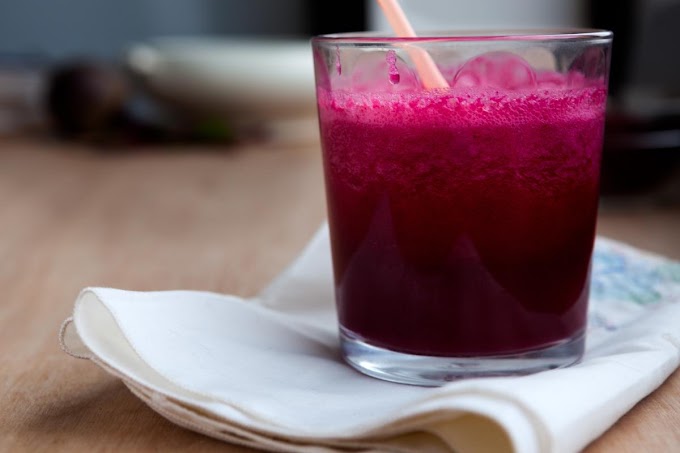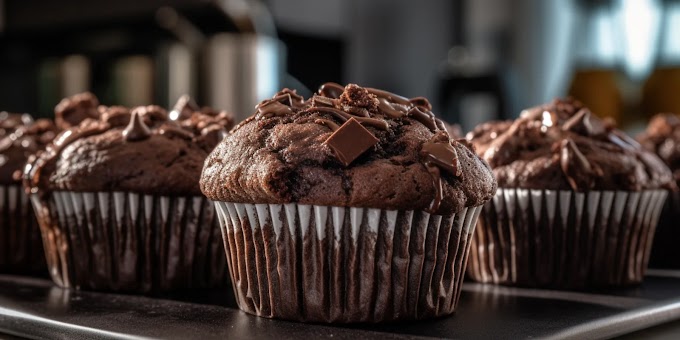Tutti frutti is a colorful, sweet ingredient that has become a favorite in many Indian desserts, ice creams, cakes, and even breads. While it may appear as small cubes of candied fruit, there's much more to tutti frutti than meets the eye. Originally made from raw papaya, these vibrant, sugar-soaked fruits have a history rooted in various cuisines across the world. In this blog, we will dive deep into the process of making tutti frutti, exploring its origins, uses, and step-by-step guide to preparing it at home.
What is Tutti Frutti?
Tutti frutti refers to small, cube-shaped candied fruits that are typically bright in color. The name itself is derived from the Italian words "tutti" meaning "all" and "frutti" meaning "fruits," implying a mixture of different fruits. However, in the Indian context, tutti frutti is primarily made from raw papaya, which is sweetened and colored to create the final product. Its versatility and sweetness make it a popular addition to desserts, ice creams, cakes, biscuits, and even bread.
History and Origins of Tutti Frutti
The concept of candied fruits has been around for centuries. In European countries, candied fruits were often prepared with various fruits like cherries, plums, and citrus peels, especially during festive seasons. The method involved preserving the fruits by soaking them in sugar syrup and drying them, which allowed for long-term storage and usage in cakes like the Christmas fruit cake.
In India, the tradition of making tutti frutti took root with the use of raw papaya, a fruit that's readily available in the country. Tutti frutti became an integral part of local culinary practices, and today, it’s a staple in Indian bakeries and sweets. The brightly colored pieces are commonly used in breads (like tutti frutti bread) and added as toppings in a variety of desserts.
Ingredients Used in Tutti Frutti
The traditional method of making tutti frutti uses very basic ingredients, most of which you may already have in your kitchen. The following are the primary ingredients:
Raw papaya: This is the base fruit used for tutti frutti in India. It has a neutral flavor, which makes it perfect for absorbing sugar syrup and food coloring.
Sugar: Sugar acts as both a sweetener and a preservative for the tutti frutti.
Water: Water is needed to boil the papaya pieces and dissolve the sugar for the syrup.
Food coloring: Bright colors are one of the most iconic features of tutti frutti, with common hues being red, green, and yellow.
Flavoring agents: Although optional, some people like to add vanilla essence or rose water to the sugar syrup for added flavor.
Step-by-Step Guide to Making Tutti Frutti at Home
Making tutti frutti at home is simpler than you might imagine. The process involves boiling the raw papaya, sweetening it, and adding food coloring to create those vibrant, sugar-soaked cubes we all love. Here’s how you can make tutti frutti at home:
Step 1: Prepare the Raw Papaya
The first step is to choose a firm, raw papaya. Wash it thoroughly to remove any dirt, peel the skin, and then cut it in half. Remove the seeds and the inner soft pulp to leave only the firm flesh.
Next, chop the papaya into small, even-sized cubes, usually around ½ centimeter in size. Ensure that the cubes are of a uniform size for even cooking.
Step 2: Blanch the Papaya
Blanching is an essential step in making tutti frutti. This process softens the papaya pieces and prepares them to absorb the sugar syrup. To blanch the papaya cubes, boil a pot of water and add the chopped papaya pieces. Let them boil for 8–10 minutes until they become translucent but not mushy.
Once the papaya has softened, drain the water and immediately rinse the cubes under cold water to stop the cooking process.
Step 3: Prepare the Sugar Syrup
In a large pan, add equal amounts of water and sugar, and stir until the sugar completely dissolves. The general rule is to use one cup of sugar for every cup of water. Heat the sugar syrup on medium heat until it reaches a boil.
Once the syrup starts boiling, reduce the heat and let it simmer for a few minutes. The consistency of the syrup should be slightly sticky, but not too thick.
Step 4: Add Papaya to the Syrup
After preparing the syrup, add the blanched papaya cubes into the sugar syrup. Stir well so that each piece is fully submerged in the syrup. Allow the papaya pieces to cook in the syrup for around 10 minutes on low heat. As they cook, they will absorb the syrup, becoming sweet and tender.
Step 5: Add Colors and Flavoring
Now comes the fun part — coloring the tutti frutti! Divide the papaya cubes and syrup into different bowls, depending on how many colors you want to use. Add a few drops of food coloring to each bowl and stir well. Common colors include red, green, and yellow, but you can get creative and use other colors as well.
If you’d like to add a hint of flavor, this is the step where you can mix in a drop or two of vanilla extract, rose essence, or any other preferred flavoring.
Step 6: Let it Sit
Once the papaya cubes have been colored and flavored, let them soak in the syrup for 12–24 hours. This resting time allows the cubes to absorb as much syrup and color as possible, ensuring a rich flavor and vibrant appearance.
Step 7: Dry the Tutti Frutti
After soaking, the next step is to dry the tutti frutti. Drain the cubes from the syrup and spread them out on a clean tray lined with parchment paper. Let them air dry for a few hours, or until they are no longer sticky to the touch.
Alternatively, you can place them under a fan or in a low-temperature oven for faster drying. Once dry, the tutti frutti pieces will harden slightly and become chewy.
Step 8: Store the Tutti Frutti
Your homemade tutti frutti is now ready! Store it in an airtight container at room temperature, where it can last for several weeks. If you’ve made a large batch, you can also refrigerate it for extended shelf life.
Uses of Tutti Frutti
Once you’ve prepared tutti frutti, there are endless ways to incorporate it into your cooking and baking. Some popular uses include:
Breads: Tutti frutti is commonly added to sweet, fluffy breads, giving it a delightful pop of color and texture.
Cakes and Cookies: Tutti frutti makes an excellent addition to fruit cakes, sponge cakes, and cookies.
Ice Cream and Desserts: Sprinkling tutti frutti over ice cream or mixing it into puddings adds sweetness and a chewy texture.
Indian Sweets: It’s a key ingredient in various traditional Indian sweets like meetha paan and suji halwa.
Conclusion
Tutti frutti is a vibrant, fun, and delicious addition to many recipes, bringing color and sweetness to dishes across the world. The simple process of making tutti frutti from raw papaya at home allows you to control the ingredients and flavors, while the colorful outcome makes it a joy to eat and use in different desserts. Whether you’re making it for the first time or adding it to your favorite recipes, tutti frutti is a versatile ingredient that’s worth trying to make at home.








Social Plugin